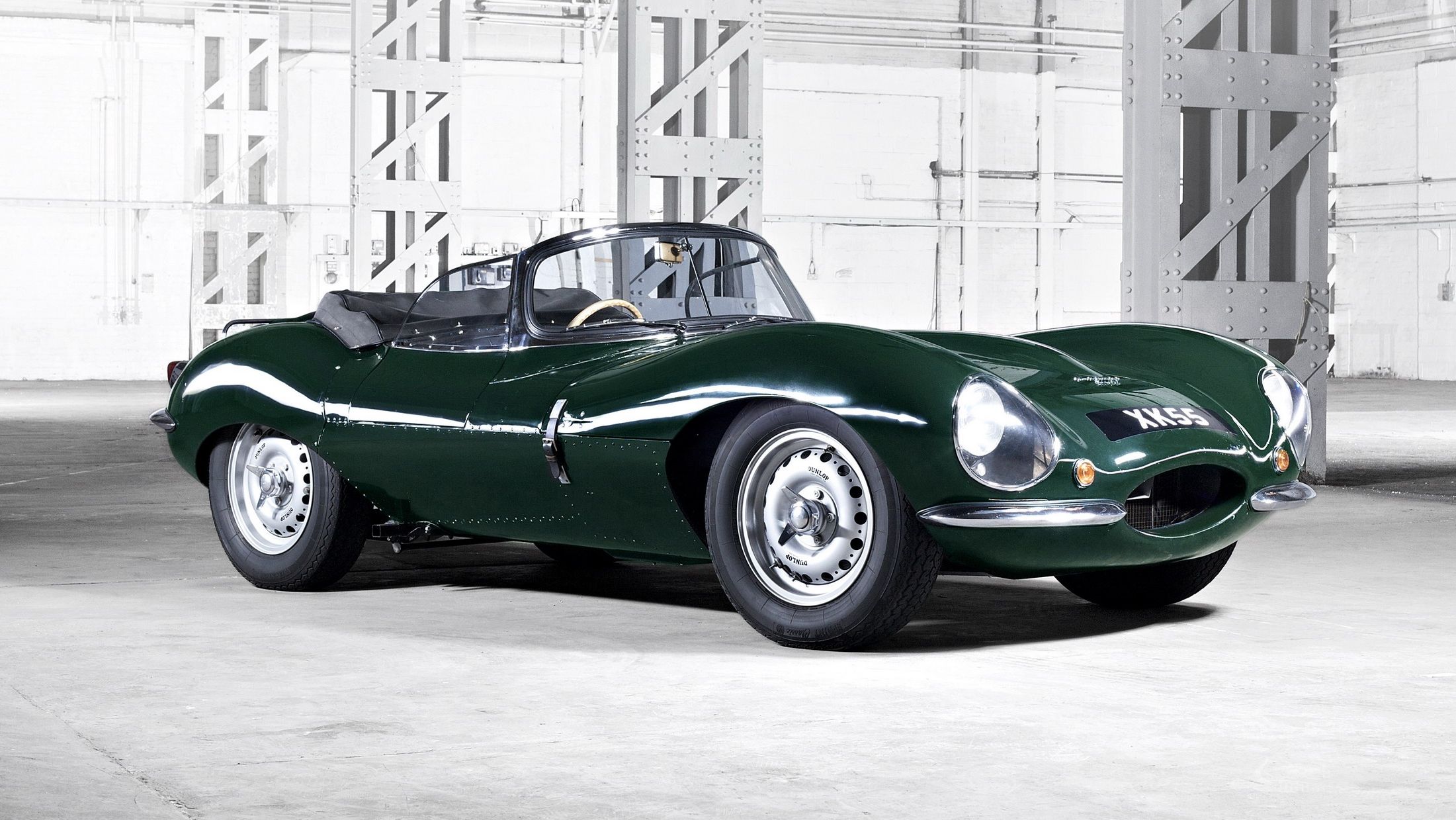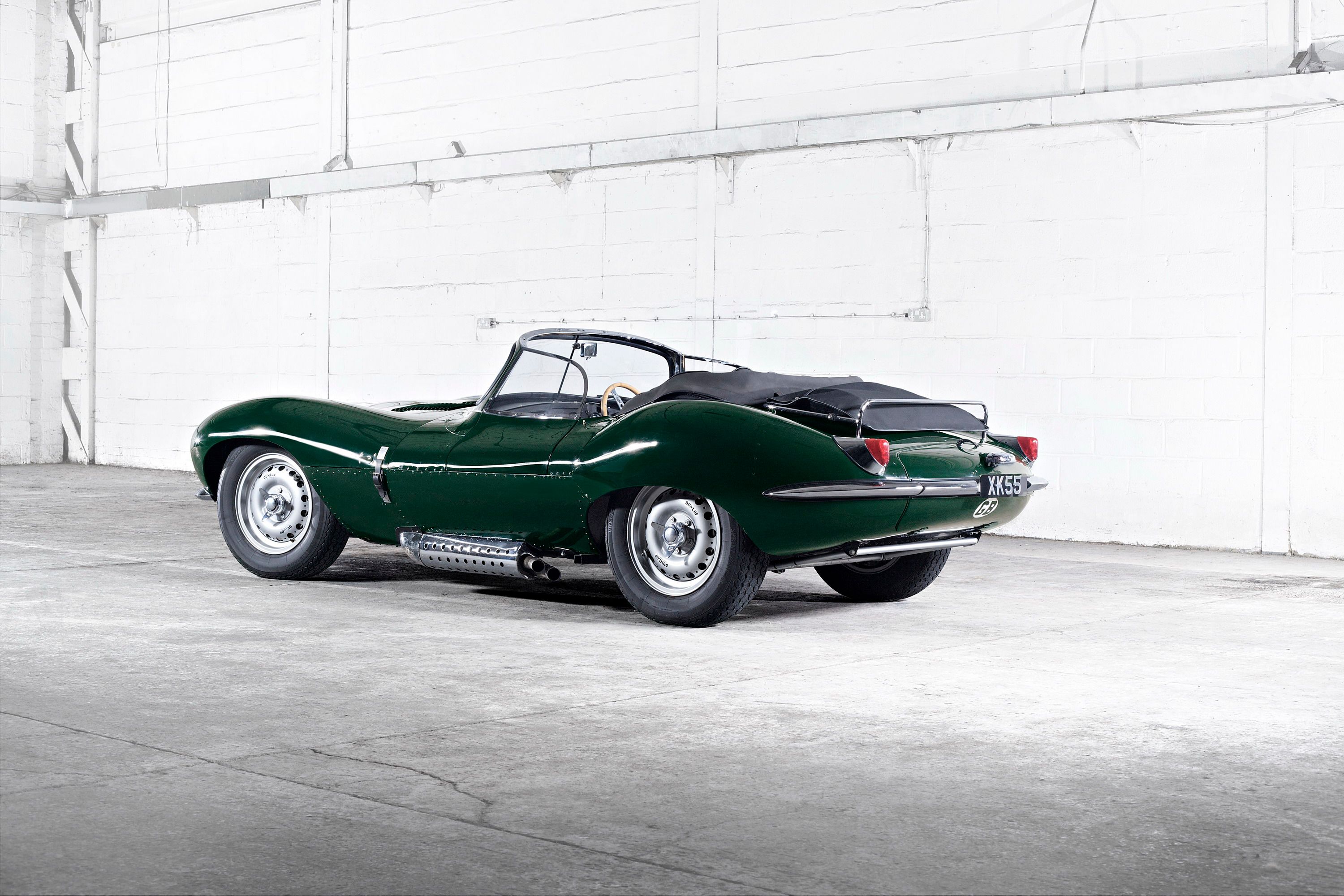Following the success of the of the Jaguar E-Type lightweights back in 2014, Jaguar->ke39 Land Rover’->ke46s Special Vehicles Operations, the same performance division that also gave us beauties like the Jaguar F-Type Project 7 and the Range Rover Sport SVR, has now set its sights on another iconic Jaguar: the XKSS.
For those who are too young to remember, the Jaguar XKSS was the road-going version of the D-Type race car. The British automaker really had no plans to build the model and the decision to do so only came about as a last-ditch attempt to recoup the investments made to the D-Type after the automaker withdrew the car from racing competitions. That decision eventually led Jaguar, under the directive of co-founder Sir William Lyons, to convert the remaining unsold D-Types sitting in the company’s Browns Lane factory into road-going cars. In truth, "conversion" might seem like an overstatement because Jaguar really didn’t do much in the process. It merely added a passenger side door and removed the divider between the two front seats. It also removed the large fin behind the river’s seats. Side screens were also added on both sides of the car and a standard-issue, foldable fabric roof was thrown in for good measure. Despite the changes, the XKSS was essentially the D-Type in road-going clothing. Jaguar ended up building 25 units of the XKSS, but was only able to sell 16 of those models. The other nine were all destroyed in a fire at the Browns Lane plant back in 1957, never to be seen again.
That story leads us to today, where the story of the burned down XKSS models comes full circle. Jaguar’s announcement that the nine XKSS models that were burned down 59 years ago will be rebuilt for a select group of customers and collectors. Each of the nine XKSS units that will be rebuilt is expected to cost at least $1.5 million with deliveries scheduled to begin in early 2017.
Continue after the jump to read the full story.
Why it matters
The legacy of the Jaguar XKSS is interesting because most of the people I’ve talked to that remember the car have different recollections of what it was and what it meant to Jaguar’s legacy. It’s rare for a car to be talked about in that way, especially one that, on the surface, had a lot of history tied into it.
The rarity of the XKSS is unquestioned, especially with Jaguar only selling 16 units. Of those 16, one was actually owned by Steve McQueen, who famously gave his British Racing XKSS the name “Green Rat”. That car is still around today and is actually on display at the Petersen Automotive Museum in Los Angeles, California. Another famous owner of the XKSS is James Hull, the British dentist and entrepreneur. Actually, Hull doesn’t own his XKSS anymore after selling his collection of 543 British cars, including the XKSS, to Jaguar back in 2014 for an undisclosed sum.
As far as the nine XKSS models that Jaguar plans to bring back, you can expect each of those models to find an owner quickly. Much like the E-Type Lightweight that Jaguar brought back in 2014, these XKSS models will carry the distinction of being one of the last few remnants of a thriving era for the British automaker. Collectors from all over the world are going to be fighting amongst themselves to get any one of the nine units JLR’s Special Vehicles Operations plans to build.
Rest assured, they may go for $1.5 million now. But give them a few years and the value of these cars will increase significantly.


